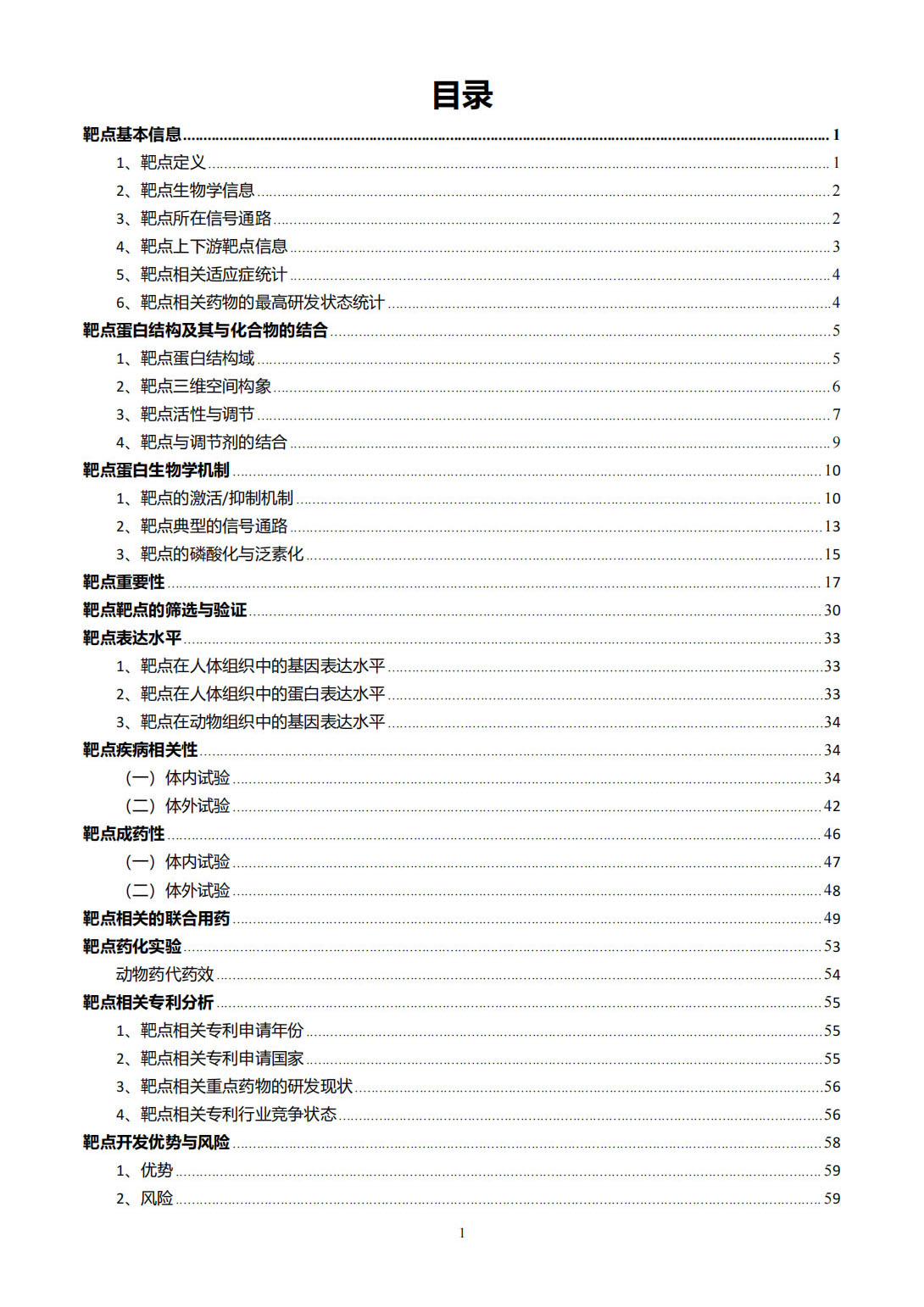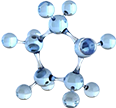HSPA4 Target Analysis Report Summary


About the Target
HSPA4, also known as HSP70, is a crucial protein involved in the substrate binding and release cycle [1][2]. It comprises of two domains, an N-terminal nucleotide-binding domain (NBD) and a C-terminal substrate-binding domain (SBD) [1][2]. The NBD is responsible for binding ATP, while the SBD confers specificity by binding to substrates [1][2]. The interaction cycle of HSP70 involves conformational changes between open and closed states, depending on the presence of ATP or ADP [1][2]. In the open state, when ATP is bound, the substrate has easy access to the binding pocket of the SBD [2]. Then, ATP is hydrolyzed to ADP, causing conformational changes in HSP70 and substrate transfer [2]. A nucleotide exchange factor (NEF) mediates ADP release, allowing ATP binding and subsequent substrate release [1]. This cycle of substrate binding and release is fundamental to HSP70 function [1].
HSP70 has diverse roles in different biological processes. It contributes to the organization of the E-cadherin dimer in cancer cells and delays cancer cell migration [3]. HSP70 has an anti-metastatic function in cancer cells [3]. It also plays a role in delivering misfolded proteins to the 26S proteasome for degradation [4]. There are multiple delivery pathways, involving proteins such as BAG-1, BAG-6, HSP110, CHIP, SGTA, TRC35, UBL4A, and RNF126, that collaborate with HSP70 in the substrate degradation process [4]. BAG-1 and HSP70 work together with CHIP to ubiquitinate substrates and connect them to the proteasome [4]. HSP110 is involved in releasing ADP from HSP70 to facilitate substrate release [4]. SGTA detects specific substrates in the cytosol and recruits the substrate-HSP70 complex with the help of HSP110 [4].
Furthermore, HSP70 is regulated by TNFalpha and A20 in luminal breast cancer cell lines [5]. Lack of A20 leads to proteolytic degradation of HSP70, resulting in an apoptotic signal induced by TNFalpha [5]. In basal/TNBC cells, A20 mediates HSP70 upregulation, contributing to protection against apoptotic cell death induced by TNFalpha [5].
In summary, HSPA4 (HSP70) plays a central role in the substrate binding and release cycle, consisting of the NBD and SBD domains [1][2]. It has various functions, such as contributing to E-cadherin dimer organization, delaying cancer cell migration, and assisting in the delivery of misfolded proteins to the proteasome for degradation [3][4]. HSP70 is also regulated by TNFalpha and A20 in breast cancer cell lines, affecting cell survival [5].
Based on the provided context information, the following key viewpoints about HSPA4 (also known as HSP70) can be extracted:
HSP70 plays a crucial role in processing thermally damaged proteins caused by micro-heat damage. It is immediately recruited in response to low damage, thereby eliminating the need for the ubiquitin-proteasome system (UPS) [6].
Under severe heat damage conditions or when HSP70 is malfunctioning, the involvement of p97 becomes evident. It is recruited after ubiquitination of damaged proteins and aids in their processing [6].
HSP70 normally protects cells from apoptosis by stabilizing anti-apoptotic Bcl-2 family proteins and inhibiting caspase-3 cleavage. However, the expression of pUL138 in cancer cells can directly bind to and block HSP70 function, leading to apoptosis [7].
HSP70 helps stabilize RNA-free TDP-43, a protein associated with degenerating neurons and pathology in neurodegenerative disorders. Reduction in the ATP-dependent chaperone activity of HSP70 leads to the collapse of TDP-43 anisosomes into gels, potentially contributing to the formation of intranuclear and cytoplasmic aggregates observed in degenerating neurons [8].
HSP70 is involved in regulating the production of TNF-alpha, a pro-inflammatory cytokine, in response to pathogenic infection. Inhibition of Ca2+ signaling and activation of the ERK pathway by upregulating HSP70 help downregulate TNF-alpha expression [9].
ALA (alpha-lipoic acid) plays a protective role in intestinal epithelial cells under heat stress (HS) conditions. It promotes the transcriptional activation of HSP70, which helps preserve cellular homeostasis and reduce cell damage. ALA also prevents the disruption of intestinal epithelial integrity caused by HS [10].
Overall, HSP70 is a vital chaperone protein involved in cellular stress response, protein processing, apoptosis regulation, RNA homeostasis, and modulation of inflammatory responses. Its functions can be influenced by various factors and pathways, highlighting its importance in maintaining cellular health and preventing disease progression.
Based on the provided context information, the key viewpoints regarding HSPA4 (synonymous with Hsp70) are as follows:
HSPA4 phosphorylation leads to a shift in HSF1 mobility and increases its transcriptional activity, resulting in sustained activation even after a temperature upshift [11].
The sustained activation of HSF1 due to phosphorylation is depicted as the orange segment in the wild type curve [11].
The HSE-YFP reporter, which measures HSPA4 activity, showed increased levels in wild type HSF1 compared to HSF1 po4 cells following a temperature upshift, indicating the role of HSPA4 phosphorylation in its regulation [11].
The integrated phosphorylation/chaperone titration model of HSF1 regulation suggests that phosphorylation enhances the transcriptional activity of HSF1 independently of the HSPA4 feedback loop [11].
Overall, the provided information highlights the importance of HSPA4 phosphorylation in regulating the transcriptional activity of HSF1, which plays a key role in cellular response to temperature changes.
Figure [1]

Figure [2]

Figure [3]

Figure [4]

Figure [5]

Figure [6]

Figure [7]

Figure [8]

Figure [9]

Figure [10]

Figure [11]

Note: If you are interested in the full version of this target analysis report, or if you'd like to learn how our AI-powered BDE-Chem can design therapeutic molecules to interact with the HSPA4 target at a cost 90% lower than traditional approaches, please feel free to contact us at BD@silexon.ai.
More Common Targets
ABCB1 | ABCG2 | ACE2 | AHR | AKT1 | ALK | AR | ATM | BAX | BCL2 | BCL2L1 | BECN1 | BRAF | BRCA1 | CAMP | CASP3 | CASP9 | CCL5 | CCND1 | CD274 | CD4 | CD8A | CDH1 | CDKN1A | CDKN2A | CREB1 | CXCL8 | CXCR4 | DNMT1 | EGF | EGFR | EP300 | ERBB2 | EREG | ESR1 | EZH2 | FN1 | FOXO3 | HDAC9 | HGF | HMGB1 | HSP90AA1 | HSPA4 | HSPA5 | IDO1 | IFNA1 | IGF1 | IGF1R | IL17A | IL6 | INS | JUN | KRAS | MAPK1 | MAPK14 | MAPK3 | MAPK8 | MAPT | MCL1 | MDM2 | MET | MMP9 | MTOR | MYC | NFE2L2 | NLRP3 | NOTCH1 | PARP1 | PCNA | PDCD1 | PLK1 | PRKAA1 | PRKAA2 | PTEN | PTGS2 | PTK2 | RELA | SIRT1 | SLTM | SMAD4 | SOD1 | SQSTM1 | SRC | STAT1 | STAT3 | STAT5A | TAK1 | TERT | TLR4 | TNF | TP53 | TXN | VEGFA | YAP1

